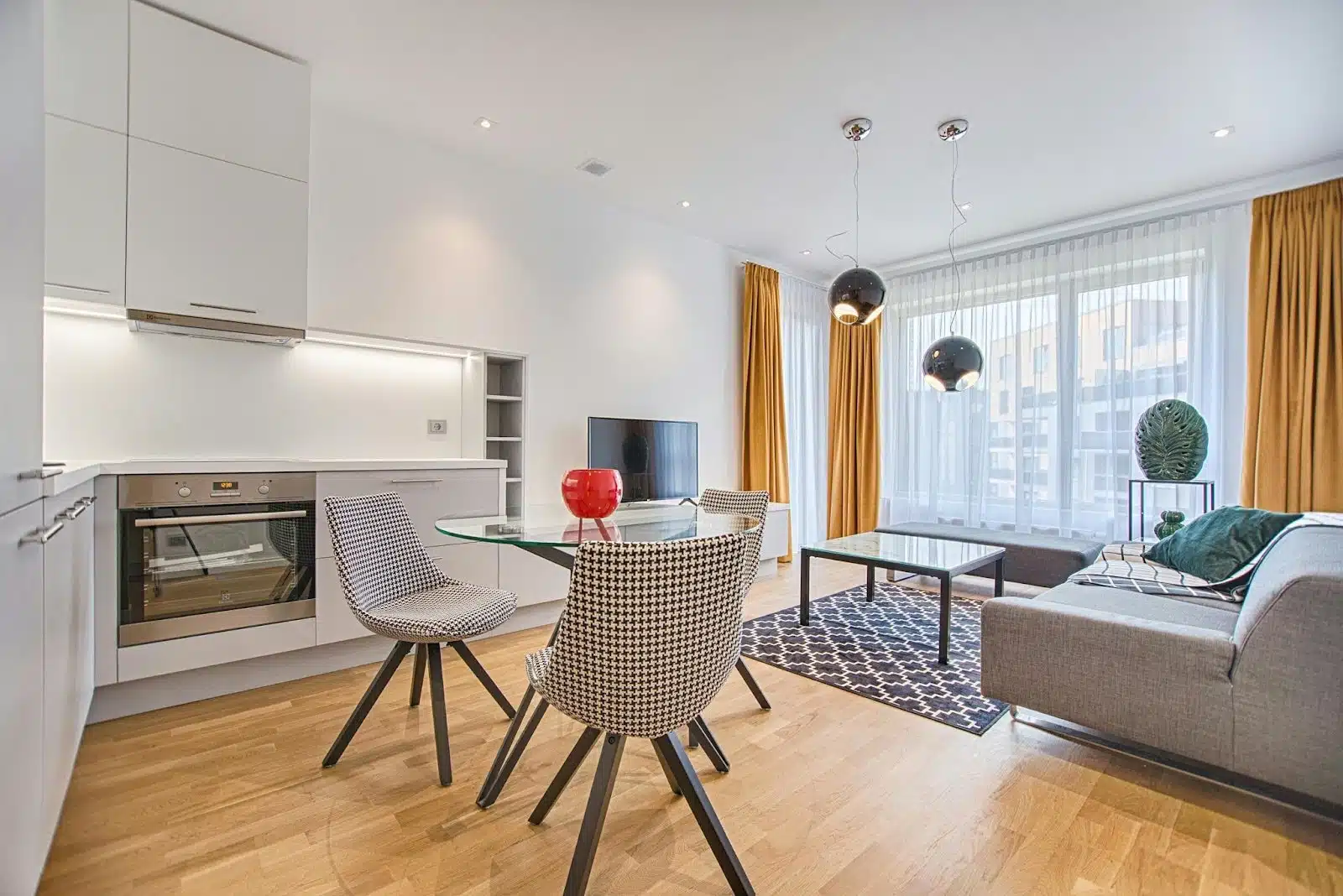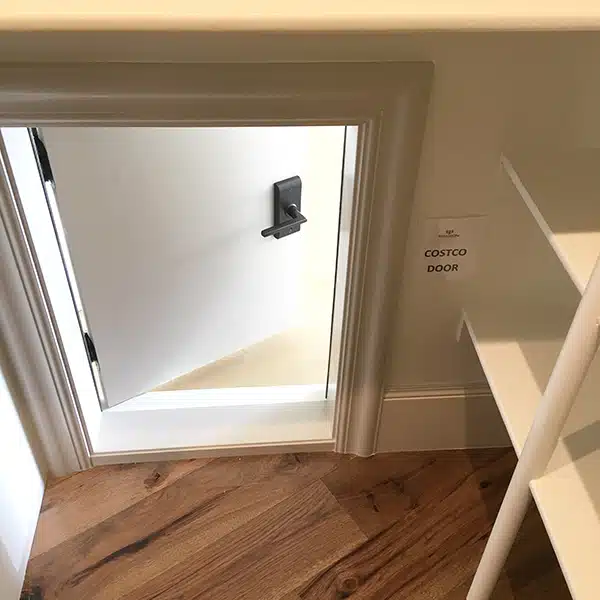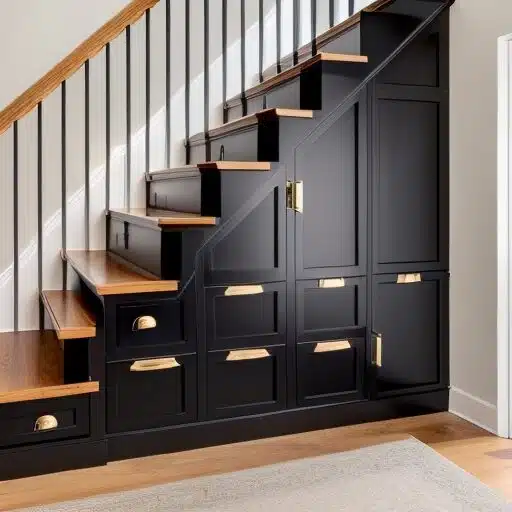
How Do Interior Designers Charge?
Interior design is a highly sought-after service that transforms spaces into aesthetically pleasing and functional areas.
However, one aspect that often confuses clients is how interior designers charge for their services. In this article, we will delve into the intricacies of interior design pricing, explore different pricing models, and provide some tips on effectively negotiating with interior designers.
McManus Kitchen and Bath is a full service remodeling company with an in-house design team and showroom right here in Tallahassee, FL.
If you’re ready to invest in your home and want to work with a company that pays attention to details and provides excellent customer service, schedule a discovery call.
Key Takeaways For How Interior Designers Charge
- Cost plus, fixed fee & square foot pricing are all common ways Interior designers charge
- Size of project, complexity, timeline and experience of the designer are all a factor
- Each method has it’s Pros and Cons but the fixed fee method if often best for residential projects.
Understanding the Basics of Interior Design Pricing
Before we delve into the various pricing models used by interior designers, it is important to understand the importance of interior design and the factors that influence its cost.
The Importance of Interior Design
Interior design plays a crucial role in enhancing the functionality and aesthetics of a space. Whether it’s a residential property or a commercial establishment, a well-designed space can significantly impact our mood, productivity, and overall well-being. By creating harmonious and visually appealing environments, interior designers have the power to transform spaces and make them truly remarkable.
Interior design is not just about making a space look good; it is also about creating functional and efficient layouts that cater to the specific needs and preferences of the occupants. From optimizing natural light and ventilation to maximizing storage and circulation, interior designers consider every detail to ensure that the space looks great and serves its intended purpose effectively.
5 Cabinets Every Kitchen Should Have
Every kitchen is unique but also share certain basic elements.
Factors Influencing the Cost of Interior Design
Several factors come into play when determining the cost of interior design services. These include:
- The size and complexity of the project
- The level of customization and materials used
- The location and accessibility of the space
- The reputation and experience of the interior designer
- The timeline and project constraints
Now that we understand the importance of interior design and the factors that affect its cost, let’s take a closer look at the different pricing models commonly used in the industry.
Different Pricing Models in Interior Design
Interior designers typically utilize one of the following pricing models:
Hourly Rate Model
Under the hourly rate model, the interior designer charges an agreed-upon hourly rate for their services. This model is suitable for smaller projects or when the scope of work is not clearly defined. Remember that additional expenses such as travel costs and purchasing fees may be added to the hourly rate.
When working with an hourly rate model, clients can have more flexibility regarding the time spent on the project. This can benefit those who prefer to be more involved in the decision-making process and want to have a hands-on approach to the design. However, it’s essential for both the designer and the client to communicate effectively to ensure that the project stays within the agreed-upon budget.
Flat Fee Model
The flat fee model involves charging a fixed amount for the entire project. This model is commonly used for larger projects where the scope of work is well-defined. However, clarifying what is included in the flat fee is essential to avoid misunderstandings.
When opting for a flat fee model, clients can better understand the project’s total cost upfront. This can provide security and predictability, especially for clients who prefer to have a set budget from the beginning. Interior designers often outline the specific services and deliverables included in the flat fee to ensure transparency and avoid any potential disputes down the line.
Cost-Plus Model
With the cost-plus model, the interior designer charges a percentage above the actual cost of materials, furnishings, and other expenses. This model is commonly used when the client wants more transparency regarding the cost of items purchased on their behalf. While the cost-plus model offers transparency, it’s important to establish a clear understanding of markups and how they are applied.
When working with a cost-plus model, clients can better understand the expenses incurred during the design process. This can be advantageous for clients who want to have a detailed breakdown of costs and understand the value of each item purchased. Both parties must agree on the markup percentage to ensure a fair and transparent pricing structure.
Square Footage Rate Model
The square footage rate model is based on charging a predetermined rate per square footage of the space being designed. This model is commonly used for larger-scale projects where the space size is the primary factor in determining the cost.
When utilizing a square footage rate model, clients can easily understand how the design costs are calculated based on the space size. This pricing model can benefit the designer and the client, providing a clear and objective way to determine the overall project cost. Interior designers often assess the complexity of the design, the materials required, and the level of customization needed to establish a fair square footage rate that aligns with the client’s budget and expectations.

Want Some Inspiration In Your Inbox?
Pros and Cons of Different Pricing Models
When it comes to pricing models, each has its own advantages and disadvantages. It’s important to carefully evaluate these pros and cons to determine which model best suits your needs. Let’s take a closer look at each model:
Evaluating the Hourly Rate Model
Pros:
- Flexibility in terms of project scope and timeline: With an hourly rate model, you can adjust the project scope and timeline as needed. This allows for greater flexibility in accommodating changes and unexpected challenges.
- Ability to control costs by managing the number of hours worked: The hourly rate model allows you to control costs by closely monitoring the number of hours worked. This can be particularly beneficial if you have a strict budget.
Cons:
- Uncertainty regarding the final cost of the project: One of the main drawbacks of the hourly rate model is the uncertainty surrounding the final cost. Since the total cost is dependent on the number of hours worked, it can be difficult to accurately predict the final price.
- Potential for the project to exceed the initial budget: Without a fixed price, there is always the risk of exceeding the initial budget. This can be a concern for clients who have a strict financial limit.
Assessing the Flat Fee Model
Pros:
- Certainty regarding the total cost of the project: One of the major advantages of the flat fee model is the certainty it provides regarding the total cost of the project. Clients can have peace of mind knowing exactly how much they will pay.
- No surprises regarding additional fees or hourly rates: With a flat fee model, there are no surprises regarding additional fees or hourly rates. This can make budgeting and financial planning much easier.
Cons:
- Potential for the client to pay for services or features they do not need: A potential downside of the flat fee model is that clients may end up paying for services or features they do not need. This lack of customization can be a drawback for those seeking a more tailored approach.
- Less flexibility regarding project scope changes: Since the flat fee model is based on a fixed price, there is less flexibility when making changes to the project scope. This can be a limitation for clients who anticipate the need for adjustments.
Weighing the Cost-Plus Model
Pros:
- Transparency in cost breakdown: The cost-plus model offers transparency by providing a detailed breakdown of costs. This can help clients understand where their money is allocated and make informed decisions.
- Access to designer discounts on materials and furnishings: One of the advantages of the cost-plus model is the potential access to designer discounts on materials and furnishings. This can result in cost savings for the client.
Cons:
- Potential for the client to question markups and feel uncertain about costs: With the cost-plus model, there is a possibility that clients may question markups and feel uncertain about costs. This can lead to a lack of trust and potential conflicts.
- Difficulty in determining the project’s final cost: Similar to the hourly rate model, the cost-plus model can make determining the project’s final cost challenging. The total cost depends on various factors, making it harder to estimate accurately.
Considering the Square Footage Rate Model
Pros:
- A clear and straightforward method of determining cost: The square footage rate model offers a clear and straightforward method of determining cost. Clients can easily understand how the price is calculated based on the project size.
- Easy for clients to understand and compare quotes: Since the square footage rate model is easily understandable, clients can easily compare quotes from different providers. This allows for a more informed decision-making process.
Cons:
- Does not account for variations in complexity or customization of the project: One limitation of the square footage rate model is that it does not account for variations in complexity or customization of the project. This can result in potential discrepancies between the estimated and actual costs.
- Potential for misunderstanding or miscalculations in square footage: Accurate square footage measurement is crucial for this model. There is a potential for misunderstanding or miscalculations, leading to inaccurate cost estimates.

Tips for Negotiating with Interior Designers
When negotiating with interior designers, here are some helpful tips to keep in mind:
Knowing Your Budget
Before engaging with an interior designer, establish a realistic budget for your project. Knowing your budget will help guide the negotiations and ensure that both parties are on the same page.
Understanding the Scope of Your Project
Clearly define your project’s scope to avoid any misunderstandings. Provide as much detail as possible, including your expectations, desired outcomes, and any specific requirements.
Communicating Effectively with Your Designer
Open and honest communication is key to a successful working relationship with your interior designer. Clearly express your needs, concerns, and preferences, and be receptive to their professional advice and expertise.
Furthermore, it’s essential to consider the timeline of your project when negotiating with an interior designer. Discuss deadlines, milestones, and any potential delays that may arise to ensure a smooth and efficient process from start to finish.
Don’t hesitate to ask your interior designer about their previous projects and experiences. Understanding their design style, creative process, and areas of expertise can help you gauge whether they are the right fit for your project.

Conclusion
Interior design pricing can be complex, but understanding its basics is key. We’ve explored various pricing models and negotiation tips to help clients navigate this landscape effectively. You can make informed decisions by grasping the factors influencing costs and the pros and cons of different models. Clear communication with designers ensures mutual understanding and successful outcomes. With these insights, you can confidently embark on your interior design journey, creating beautiful and functional spaces tailored to your needs.
Schedule a Discovery Call with McManus Kitchen and Bath to kickstart the transformation of your home space. Our comprehensive redesign process provides a stress-free experience with a single point of contact and one dedicated showroom. Connect with us today and take the first step toward realizing your dream home interior.
H2 Heading with Keyword Phrase
Lorem Ipsum is simply dummy text of the printing and typesetting industry. Lorem Ipsum has been the industry’s standard dummy text ever since the 1500s, when an unknown printer took a galley of type and scrambled it to make a type specimen book. It has survived not only five centuries, but also the leap into electronic typesetting, remaining essentially unchanged. It was popularised in the 1960s with the release of Letraset sheets containing Lorem Ipsum passages, and more recently with desktop publishing software like Aldus PageMaker including versions of Lorem Ipsum
